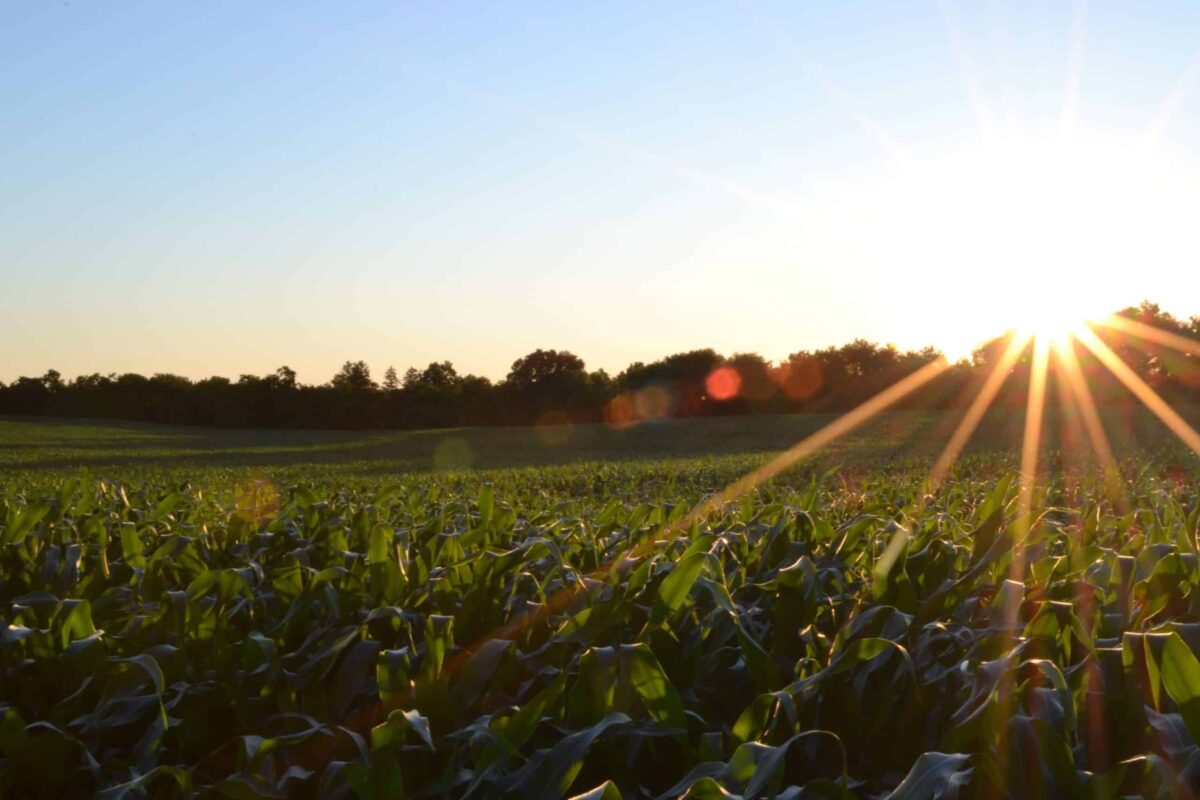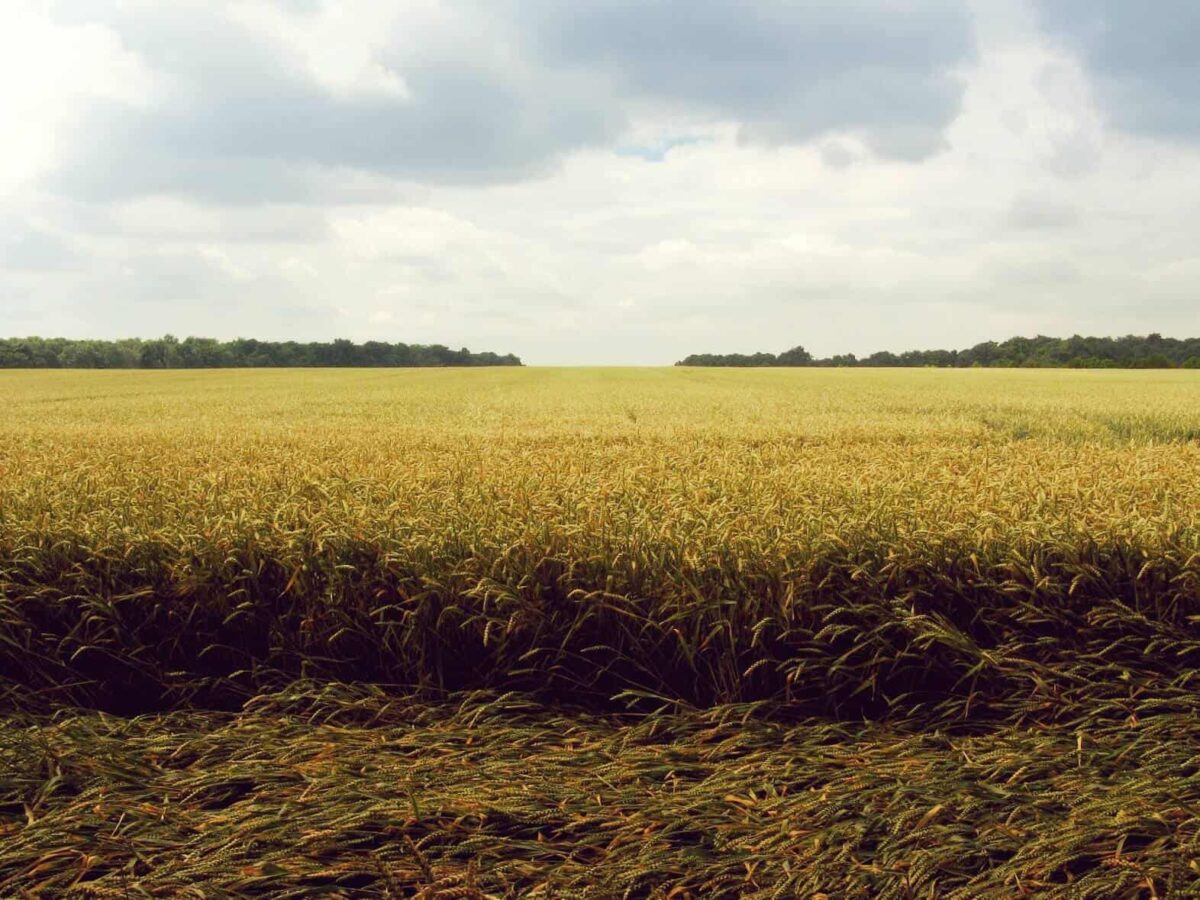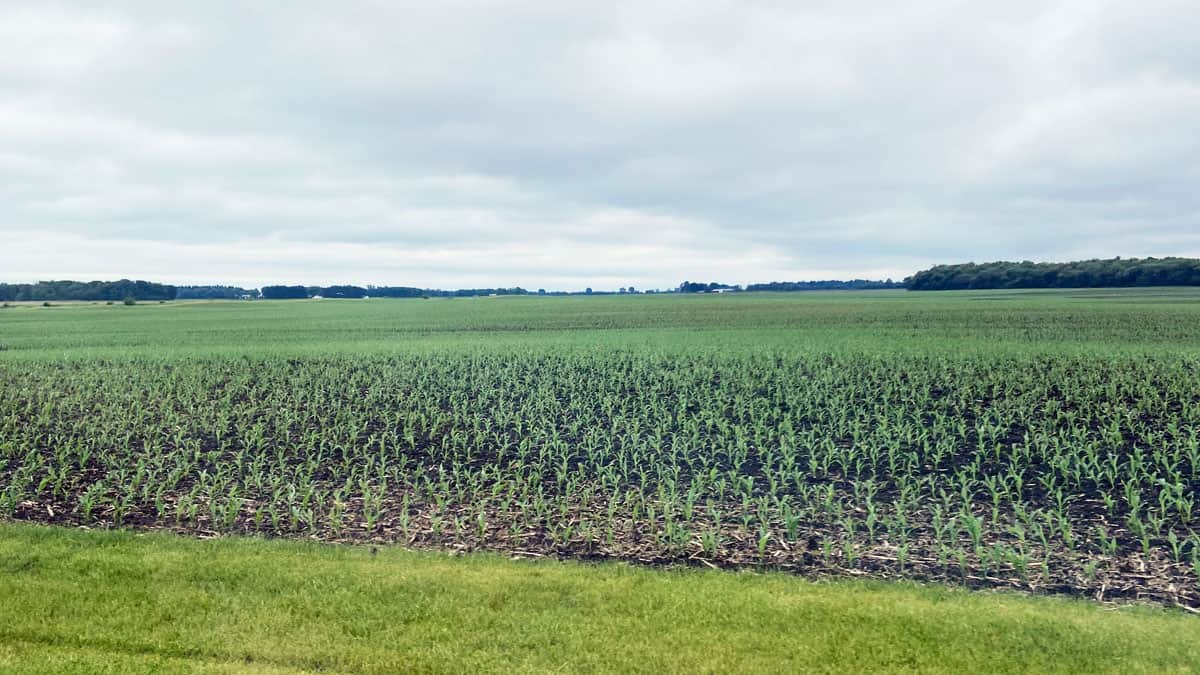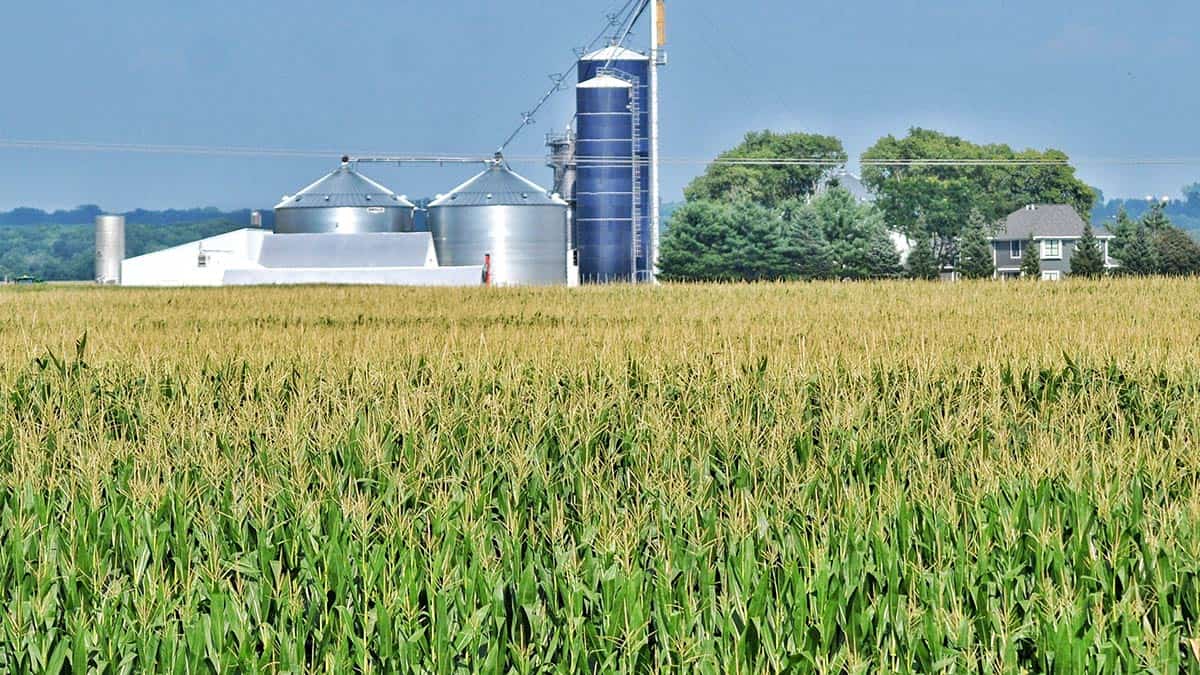Farm Lenders
americanfarmfi on February 3, 2023
An Overview of Farm Lenders
Farm expansion requires capital. If a farmer or investor doesn’t have the capital on hand in the form of cash or equity in other assets (i.e. land), they will likely go to a bank to acquire the necessary funds to grow their business. The question is, what lender is the best to grow your farm?
Hometown Farm Banks
For most farm towns, there is a local bank where farmers can head into town during business hours to set up an appointment with the loan officer to apply for a loan.
Once the farmer has an appointment with the loan officer, they go through the traditional experience of getting a loan: filling out standard paperwork, providing information about their personal and business life, and talking to the loan officer about the intended use of proceeds. Some folks might not feel very comfortable sharing so much information with the banker that they will see at the Friday night football game or at church on Sunday. Others may appreciate the personal relationship with a local banker that comes along with a hometown farm bank.
Commercial Banks
Other lenders that can provide funds for farmers are larger, corporate, commercial banks. They can offer competitive rates for loans, but not all of them provide lending for agriculture related borrowing needs. There are a few commercial banks that specialize in ag lending. They will have remote offices or branches to provide a local presence to farmers. Like a farm bank, larger institutions will have written applications and approval processes to give farmers funds for their growing operations.
Farm Credit Banks
Farm Credit was created in 1916 with the purpose of providing lending for rural communities throughout the U.S. Farm Credit Banks, and their credit associations are cooperatives that lend to customer-owners (borrowers become part owners when they get a loan from a Farm Credit association bank). Farm Credit banks pay patronage dividends back to customer-owners when the banks have had a successful year. Farm Credit banks are regulated by the Farm Credit Administration.
Government Agencies
If working with the local bank or a larger private commercial bank isn’t the right fit for you, another lender for farm needs is Uncle Sam. The U.S. Department of Agriculture and Farm Service Agency (FSA) provide a variety of loan programs for buying land, operating loans, microloans, and down payment assistance.
The government lenders are known for having special assistance programs for first time farmers, minority, women, and Native American farmers.
The FSA offers exceptionally low rates and sometimes lower down payment requirements compared to private lenders, but the application and approval process can be longer to complete. There are very strict criteria to qualify for government loans and the approval and closing process for these loans are known to be longer than a private bank loan. For some, the lower rates and special programs are worth it to work through the loan application and approval process.
Digital Intermediaries
The last of the common types of farm lenders are digital intermediaries. American Farm Financing is a digital intermediary. AFF is not a farm bank or lender and doesn’t actually provide funds to borrowers. Digital intermediaries provide a quick, easy, digital application and approval process that can set borrowers up with multiple lenders that may best suit their needs. Instead of driving into town, a digital intermediary takes the most basic information necessary to get a loan and packages it into a quick online form. A farmer picks out their preferred loan term with the rate that is available Once you hit submit, a decision can be made. Once approved, funds can be accessed within days. You may or may not have a designated loan officer for all digital intermediaries – the goal is to get capital to farmers quickly, rather than spend more time working through your operation.
So, there are plenty of ways to get access to capital to buy farm land or get operating funds. AFF is rapidly providing solutions to simplify and speed up the process for farmers, landowners, and investors alike.
Found the farmland you are interested in purchasing?
Now find your loan partner that will make it a reality. Get approved in seconds with an all digital application from AFF, who will work with you to make sure you get the best rates possible.
See My Rate








